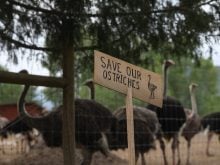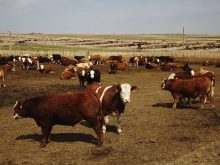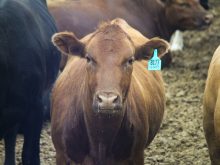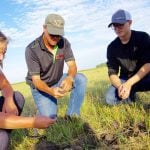DENVER, Colo. – The Americans have launched a major publicity campaign
worth $8 million US to salvage ravaged beef markets in Japan.
“The beef export sector has never been challenged more, especially
with the challenges we now have in the Japanese market,” said Phil Seng
of the United States Meat Export Federation.
Japan had three confirmed cases of bovine spongiform encephalopathy
that frightened consumers away from beef to more fish and poultry. The
threat of mad cow disease and its possible repercussions for human
Read Also
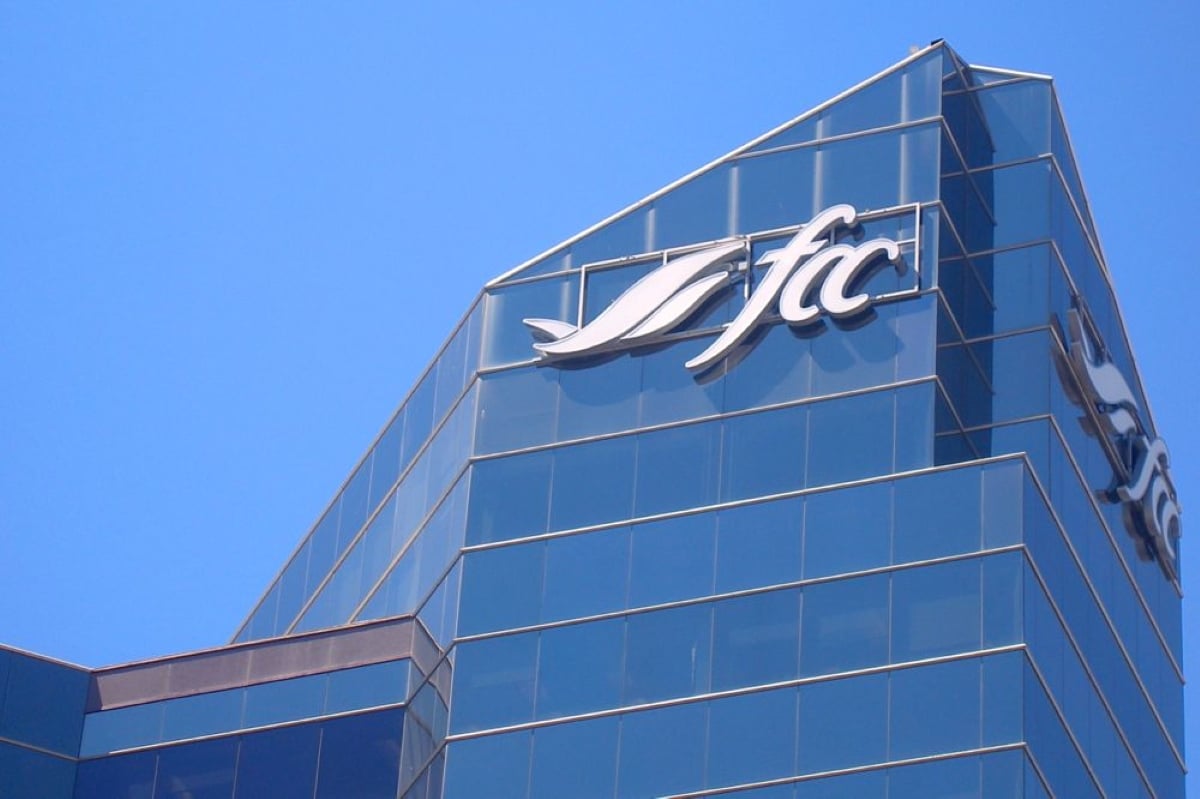
Lending policy still focused on primary producers: Farm Credit Canada
Farm Credit Canada said it has not changed its business practices and remains committed to supporting all producers, after a report from an Ottawa-based media outlet claimed otherwise.
health caused Japanese beef sales to drop by 50 percent. Offal sales
declined by 75 percent, said Seng.
Japan is the United States’ most important beef customer. American
sales dropped to 160,000 tonnes in 2001 from 320,000 tonnes in 2000.
For the last two months, the U.S., Canada and Australia have launched
an intense campaign promoting the safety of imported beef. Statements
appeared in retail outlets and restaurants explaining BSE does not
exist in those countries.
“We had to distance ourselves from the domestic product,” said Seng at
the international markets committee of the National Cattlemen’s Beef
Association convention in Denver.
The next publicity platform starts this month. More than $4.5 million
has been amassed in private donations, as well as federation funding.
The federation has requested a matching grant from the U.S. government
to save the market.
Called the aisareru beef campaign or the “desire campaign”, the U.S.
intends to focus on Tokyo and Osaka mothers using print and television
ads. The six month campaign is designed to provide educational
information about U.S. beef, processing practices and food safety
procedures.
The campaign responds to Japanese requests for facts on the American
cattle industry and how its beef is produced. They want nutritional
information and assurances that the product is safe to eat.




